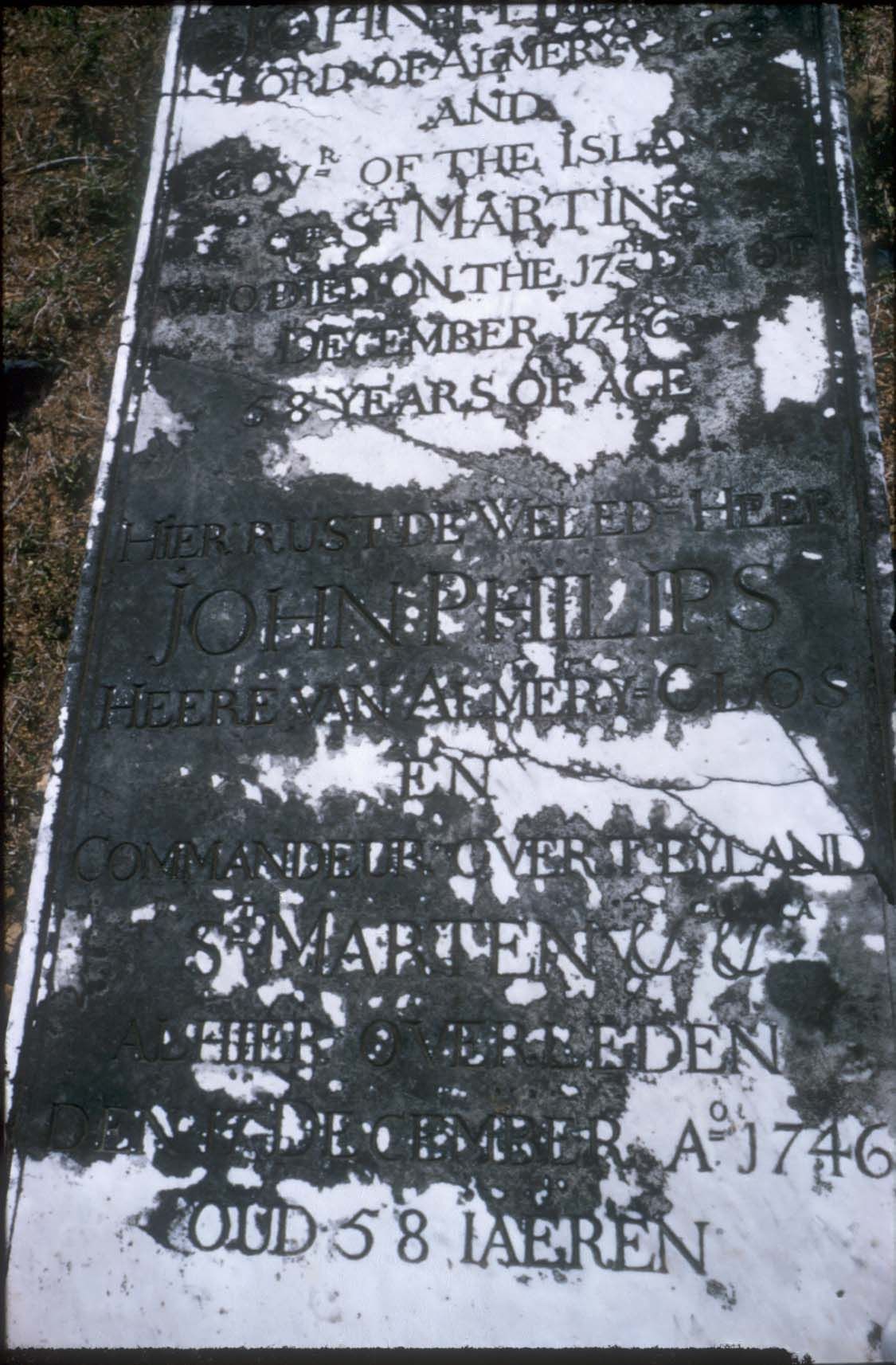Did You Know… Philipsburg was named after John Philips (1688-1746)?
Did you ever wonder why Philipsburg was called this way? It was named after John Philips, a Scottish commander in Dutch West India Company service. His story was a controversial one in St. Maarten history, even resulting in the St. Maarten people chasing him off island – but he stubbornly came back.
After the Dutch West Indian Company decided St. Maartens new capital to be founded along the isthmus between the Great Salt Pond and Great Bay Beach, Philips was the first person to build a house in 1735, and due to economic progress he had achieved as an administrator the town was named in his honor. The island population grew from 500 to 2000 inhabitants under his tenure, and new plantations embarked on the then important sugar industry. It is important to note out of the now 2000 inhabitants, it was 1500 slaves that drove this economy.
Not everyone had a positive opinion about the functionary. He allegedly had a difficult personality, which led to conflicts with many. A thorough biography by local historian Will Johnson even notes Philips locked up his daughters fiancée Alexander Wilson in her absence on her voyage to Scotland, as he did not approve of her choice.
At the time Philips had to implement unpopular taxation measures by the West India Company, his popularity plunged. Plantation owners intended to leave the island to look for greener pastures. Philips reacted by investing in Fort Amsterdam so ships leaving the island could be halted. In other words, the fort was mobilized to shoot at anyone wanting to leave the island against the commanders’ will.
Led by councilman Pieter Hassell, Philips was chased off island after a Sunday church service in 1636 and was made to leave for St. Thomas.
But Philips did not intend to accept his demotion. He traveled to the Netherlands, was reappointed and returned to St. Maarten in 1737. Here, he continued to fully revamp Fort Amsterdam, almost demolished by the Spanish after they left in 1648.
On the last day of 1737, the Fort was finished. A fort, according to expert Dr. J Hartog, intended by Philips not just to control outside threats, but also those from within St. Maarten. The fact that Philipsburg was never renamed after Philips’ demise in 1746, tells that he and the people and the commander probably found a new way to coexist.
See our About St. Maarten page for more fun island facts and general information!
Back to VISIT St Maarten / St Martin Main Page

